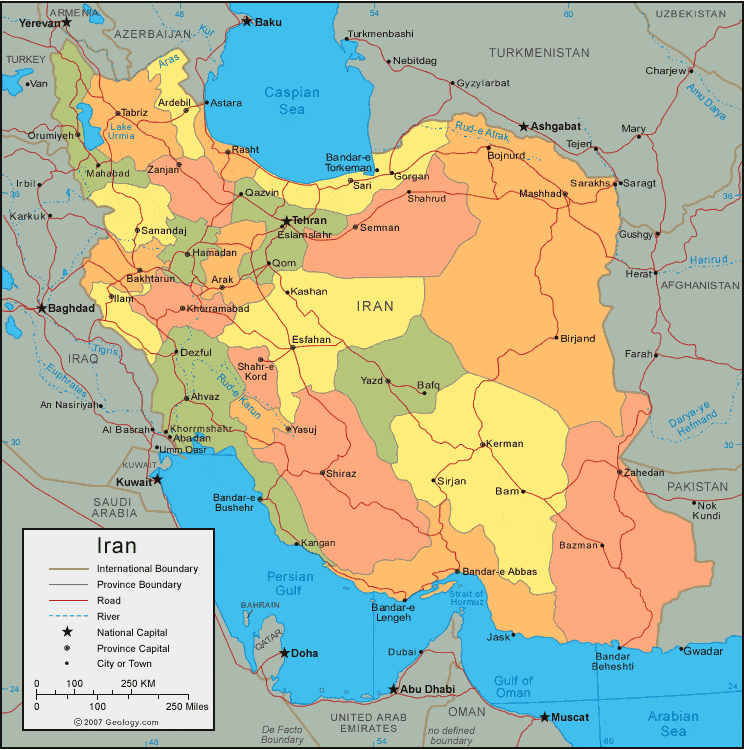Google the word, "Iran," and you are
likely to be bombarded with headlines detailing a nuclear deal. If you're more
of a newcomer to global news as I am, you may not know where to begin sifting
through all of the news features. One visit to The Guardian's website and over
the past two days there have been at least 10 pieces on the Iran nuclear
deal. See some of the stories here: http://www.theguardian.com/world/iran
So what's all the hype about? Let’s explore
some aspects of Iran’s political, social and economic climates.
Officially titled the Islamic Republic of Iran, also known as Persia,
the Iranian government can be a bit difficult to understand, especially for
those who are so comfortable with our American democracy. Iran is essentially a
theocracy, with a Supreme Leader, Ali Khamenei holding
the most religious and political clout. He appoints the heads of Iran’s
military, the national TV and radio network, as well as those of the major
religious organizations.
There is an elected president and parliament, as well as an Assembly of
Experts (who are the ones who selected Khamenei). These figures act as the political structure
of the Islamic Republic. Khamenei is the one with the power to declare war or
peace, along with the majority vote of parliament. So the President is elected
by voters, but must be approved and appointed by the Supreme Leader and the
Council of Guardians. Iran’s current president, Hassan Rouhani, was voted into
office in 2013.
He is
responsible for the all of the executive duties that don’t directly pertain to
the Supreme Leader. Rouhani brings policies before the legislature and is
served by 10 vice presidents. The president must receive approval from the
Supreme Leader on his appointments for his staff, including the Ministers of
Intelligence and Defense.
It’s clear to see the great influence of religion imparted into the
country of Iran’s entire structure. It’s a striking difference in comparison to
the separation of church and state, and secularization present in the politics
of America and many European countries.
Iran has a population of 79.7 million people, and the makeup of this
number is actually quite diverse. The Persian language is the most widely
spoken across the country. The official state religion is the Twelver Shia
branch of Islam, but the government also acknowledges the practice of
Christianity, Judaism, and the Sunni branch of Islam. Tehran is Iran’s capital, as well as the
country’s biggest urban area.
Not surprisingly, the majority of Iran’s exports relate to energy. The
country holds 10% of the world’s known oil reserves, and the gas and oil
production power the majority of the nation’s economy. Interestingly enough, a
solid chunk of the economy is centrally planned, and so the government received
much of it’s revenue from oil and gas exports. Religious foundations often
account for a solid portion of government spending.
I had no idea that Iran was such a mountainous and densely forested
country. I pictured a place covered in sand, which just goes to show how much
of a bubble I’ve been in most of my life. I hope this blog will help educate
not only me, but also anyone who happens to read it. Now that we have a general
sense of Iran, I’ll be writing more posts in the future concerning deeper
issues and current events; keep reading!



No comments:
Post a Comment